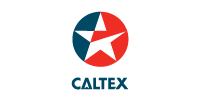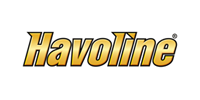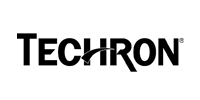Lubricant Additives: How they vary?
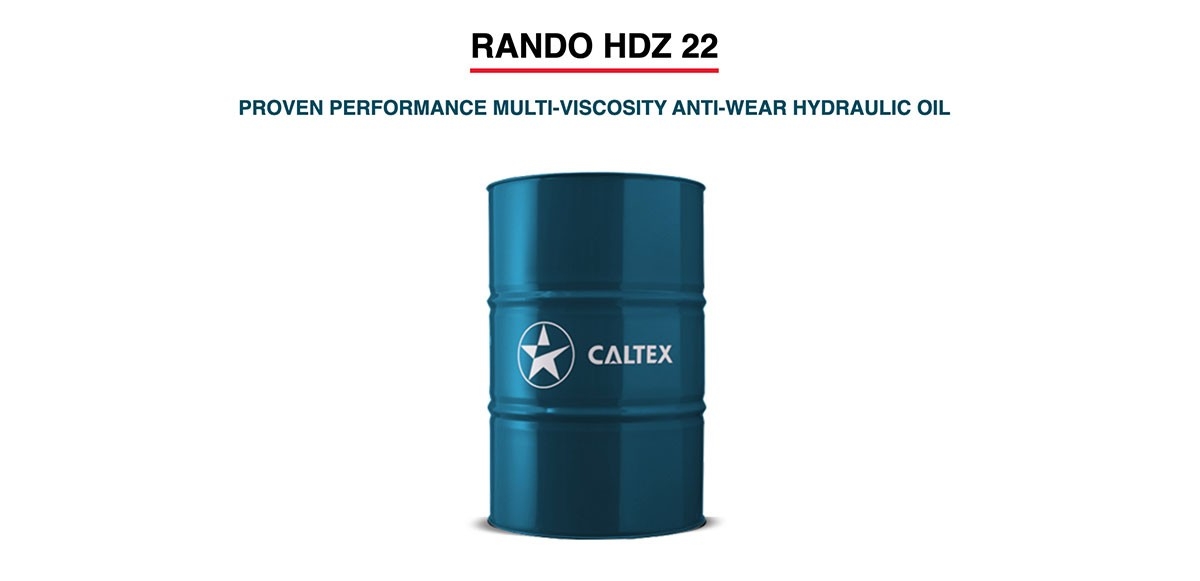
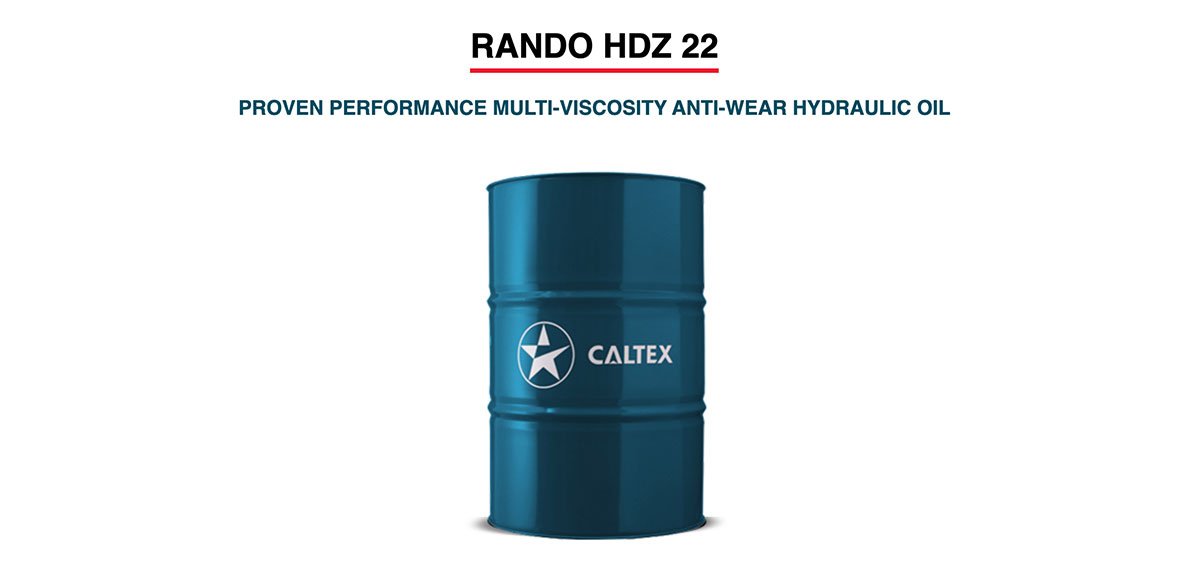
Often, the selection of additives is based on their ability to carry out certain roles alongside a base oil in an application. They can either enhance new properties, suppress undesirable properties, or impart completely new properties to the base oil. It has been noted that additive packages make up to 30 percent of the formulated oil volume, depending on the application.
Among the most commonly used packages are wear and friction control additives and they come as either anti-wear (AW) or extreme-pressure (EP) additives.
While anti-wear and extreme-pressure additives are often categorised under the same friction and wear control umbrella, the two functioning packages have striking differences.
With anti-wear additives, these are used to protect against wear and the loss of metal surfaces during mixed-film and boundary-film lubrication, with this package activated by temperature or raised loads at the contact surfaces, thus working to form a protective film to lessen wear. Such additives are usually employed in hydraulic oils, engine oils, gear oils, automatic transmission fluids, and some greases. Take for instance, Rando HDZ 22 is a proven performance multi-grade anti-wear hydraulic fluid that is designed to offer robust protection at 1000 pounds per square inch (PSI) where surge pressures may increase metal-to-metal contact and wear, by effectively plating out metal surfaces in vane, piston, and gear-type pumps.
Extreme-pressure additives are stronger and more chemically aggressive than anti-wear additives. Employed by the adsorption of surface-active materials, this additive package is triggered through high loads but can also be temperature and non-temperature related.
Temperature-related additives comprise boron, chlorine, phosphorus, and sulphur elements, while non-temperature-related additives are in the overbased sulfates category.
In a nutshell, one could say, the key differences between AW and EP additives would include how they are activated and the type of application in which they are used.
In summary, anti-wear additives chemically react with the surface to form a low-shear-strength film, while extreme-pressure additives adsorb to the material's surface; anti-wear additives are almost always formed from a temperature increase created due to load.
With extreme-pressure additives, these can often be triggered through processes that are non-temperature-related. Anti-wear packages are also more usual across different oil applications.
However, it is more likely to only find extreme-pressure additives in transmission fluids and gear oils, specifically non-worm gear oils, because of their aggressive nature toward yellow metals.


























